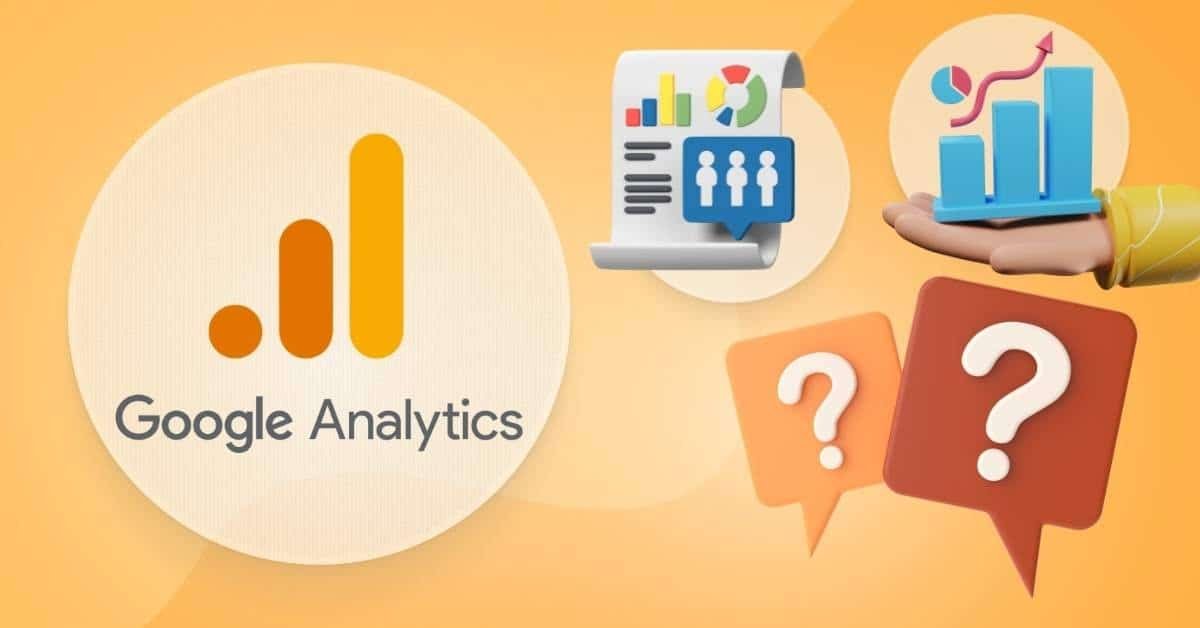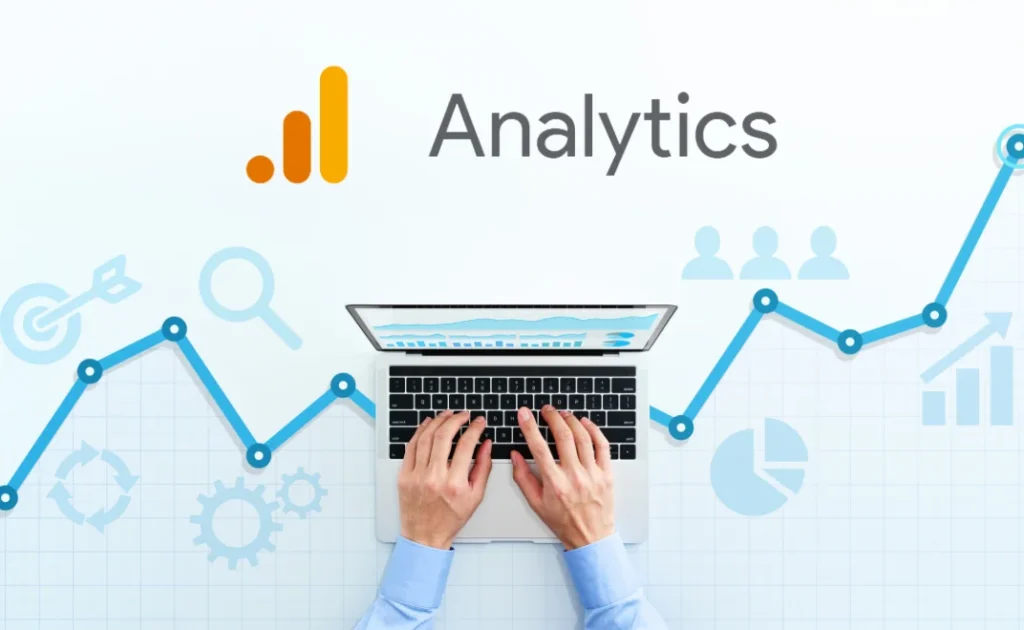You’ve set up a website, and you’re looking for some hard numbers to let you know how well it is functioning. You’ve heard of Google Analytics, right? Of course you have! It’s the utility knife of the digital marketer and webmaster worlds. But you want to know how to really harness it. You’ve come to the right place. In this article, we’ll get into what Google Analytics (or GA) is and what you can do now to improve the performance of your site. Let’s get started.
What is Google Analytics? Unraveling the Mystery
Google Analytics isn’t just a tool in your toolbelt; it’s every sense your site has ever possessed. It can gapingly molars each and every fact about your site’s users—ffrom rudimentary pageviews and visitors to sophisticated behaviour flows and e-commerce tracking.
The Core Features You Can’t Live Without
In essence, it will allow you to see who is coming onto your site, where they are coming from, how they found you, and what they’re doing when there. If you want to optimise your site for people to stay and spend time there, then this will prove useful. Websites such as Moz and Search Engine Land talk about the role of analytics in SEO and user-experience optimisation quite frequently.
Real-Time Data: A Game-Changer for Live Campaigns
GA has a feature that provides real-time data showing activity as it happens on your site. This is extremely useful for tracking campaigns and events as they happen. Neil Patel describes its use for optimising campaigns as you go.

Setting Up Google Analytics: A Step-by-Step Guide
It might seem like a bit of a slog, but trust me—tthe effort is worth it. So, a basic introduction to Google Analytics is below. Let’s get started. As you dive into the world of Google Analytics, you’ll discover a wealth of data that can transform your approach to digital marketing. By understanding Google Analytics features, you can track user behavior, analyze traffic sources, and measure the effectiveness of your campaigns. This knowledge will empower you to make informed decisions that enhance your online presence.
Creating and Installing Your Tracking Code
Step one: get a GA account and create a property for a website. Set it up and get a tracking code from GA. Paste that code on every page of the site you want to track; Google’s Support page has all the instructions for this.
Configuring Your Goals and Conversions
But what’s the purpose of tracking if you don’t have goals for that tracking? Goals refer to tracking specific actions that users take, such as filling out a form, downloading a PDF, or making a purchase. HubSpot has some excellent resources on defining and setting up goals in Google Analytics.
Advanced Tracking: Going Beyond the Basics
After you have gotten the handle on the basic features, it is time for you to delve into the advanced features of Google Analytics.
E-commerce Tracking: Know Your Revenue Streams
If your site sells products, you need e-commerce tracking so you can assess product performance, transactions, and revenue. BigCommerce has detailed how-to guides that explain how to set up e-commerce tracking so you can keep track of all of your customers’ purchasing behaviour.
Using Segments and Filters to Fine-Tune Your Data
The GA’segments’ or ‘filters’ are very handy in that you can cut and slice your raw data to see certain population subsets, such as visitors by a demographic or the website traffic referral source, and make better sense of your data from this perspective, such as the best performing marketing channels. There are some great tips on using these features in analytics here at Analytics Mania.
Leveraging Reports to Make Data-Driven Decisions
Simply collecting data with Google Analytics isn’t enough; it’s deciding what to do with Google Analytics data that’s important.
Understanding the Dashboard and Standard Reports
GA offers several reports on your traffic, site performance, and much more. Get acquainted with the dashboard and see what various types of reports you have access to. Kissmetrics details how you can use these reports to gain actionable insights.
Custom Reports and Dashboards for Tailored Insights
Sometimes, the monthly reports are not going to cut it. GA provides the option for you to create your own custom reporting and dashboards for the metrics that are most important to you.

Google Analytics and Privacy: Navigating the Compliance Landscape
As a result, privacy is a hot topic today, and it’s essential to ensure that your use of Google Analytics is allowable and compliant with the likes of GDPR and CCPA.
Understanding GDPR Compliance with GA
Google has also been working hard to support its users in making their websites GDPR-compliant. It is important to be familiar with these changes and the implications they have (under GDPR) for the way you collect data and analyse it. Privacy Policies has an excellent article explaining GA’s default data privacy features.
Ensuring User Privacy While Tracking
Making sure your covert visitors aren’t outed while you gather their data is good practice; it’s also often the law. Termly.io provides guidance on how to set up GA in such a way as to respect your visitors’ privacy while still allowing you to track.
Conclusion
And we’re done! You should now have a good understanding of what GA can do for you and some steps of a long road—an exploration on how to use it like a champ. GA is a tool, powerful only in the hands of the user. Sure, you could leave it running in the background, but that would mean missing out on 90% of the possible results. Get into it, dig in the data, and make some smart moves for your website.
Wondering how to beef up your content or SEO strategy even more? Check out our posts on content marketing and SEO.

